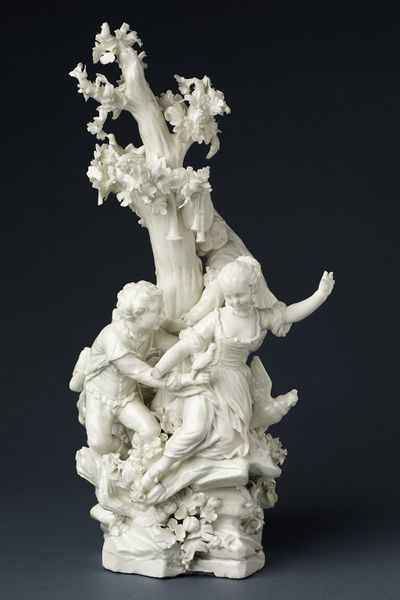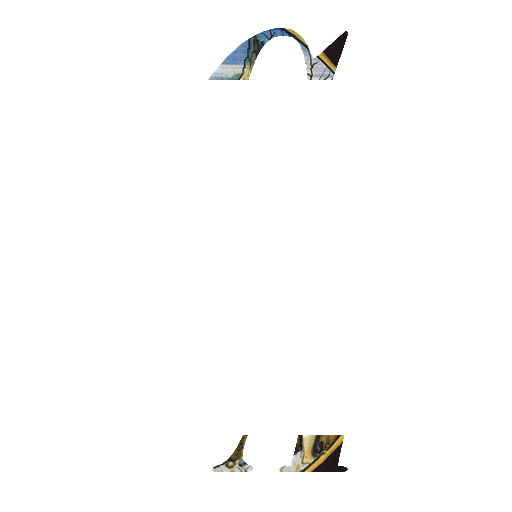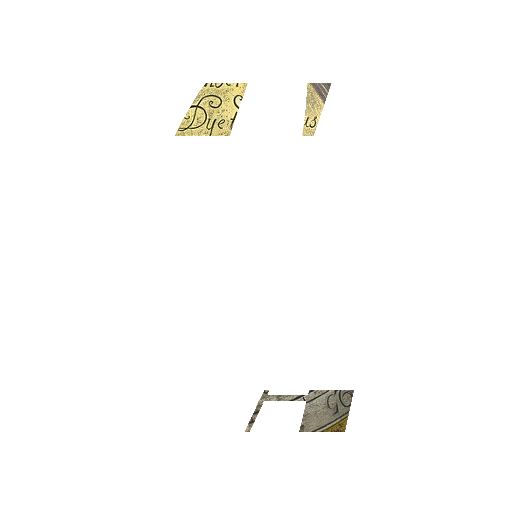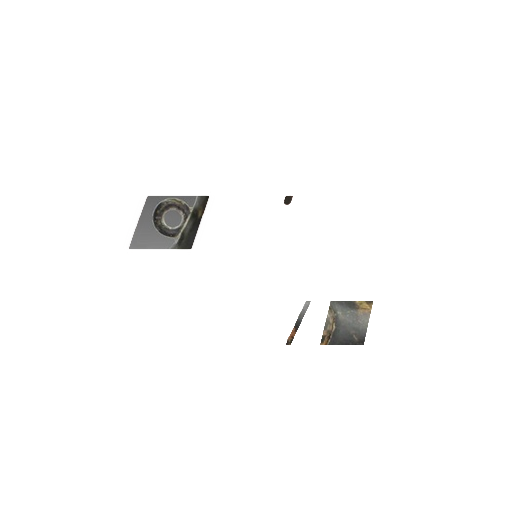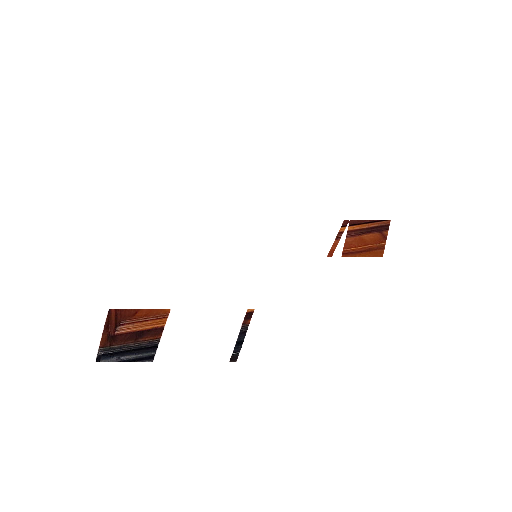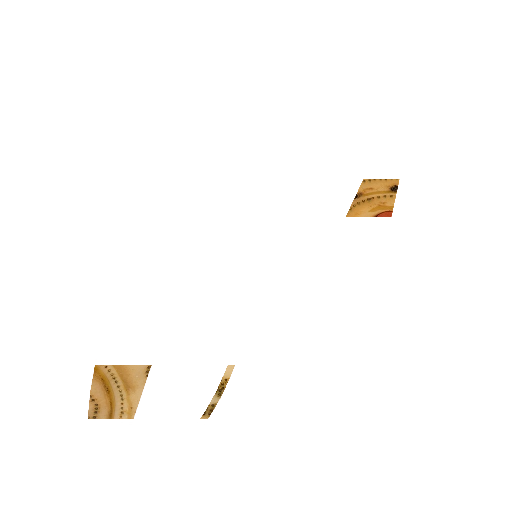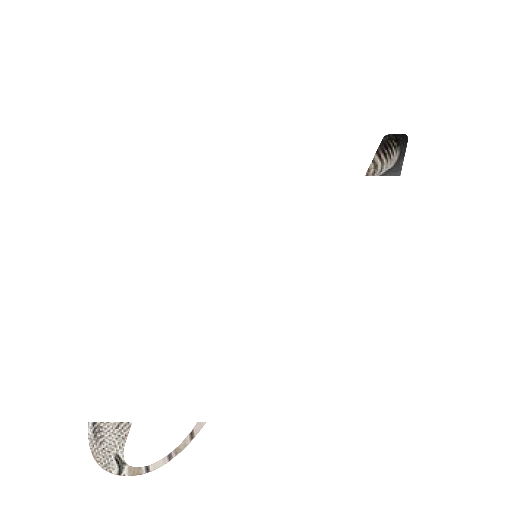The Tournai porcelain is a porcelain manufacturing technique, based on kaolin , developed in Tournai, Belgium.
A first factory appears to have been founded in Tournai in 1670. Others succeeded him to the middle of the 18th century. At that time the mode to privacy, convenience, etc. (as opposed to the luxury of the Sun King ). This method will also affect the world of earthenware and especially the porcelain , as finest porcelain plays an increasingly significant role. The world of porcelain and earthenware from the late 17th century will experience strong expansion thanks to the pottery of St. Cloud , which from 1677, manufactures soft porcelain, which will influence many of pottery in the world as Chantilly in 1725 Mennecy in 1734, etc.
The idea of a formal porcelain manufactory in Tournai is in the air since 1717 but it was not until 1750 that the project materializes.
In November 1750, Lille François Joseph Peterinck address a request to the governor of the Netherlands , Charles of Lorraine : to be able to establish a porcelain factory in Tournai under his protection 1 . This request will be granted to him giving birth to the porcelain of Tournai, remarkable for its quality and quantity of production over time. He bought the factory of François Carpentier, he has installed dock Salines. This porcelain was for all living. With the so-called porcelain "blue monochrome" (the most common) to lower cost, Tournai creates many luxury items that have nothing to envy the most beautiful European productions. Parts of these porcelains are kept at the Royal Museum of Mariemont.
To understand the porcelain of Tournai, we must remember the origins and evolution of this matter. The first porcelain dating from the ix th century and come from China . It was based on a white clay called kaolin infusible. During the Middle Ages, very few porcelain arrived in Europe. But the xviii th century, with the company of the Indies , they spread increasingly arousing new enthusiasm for their fine and beautiful material. So the princes and other rich merchants wanted to produce their own porcelain. Kaolin lacking in Europe, so European potters tried to replace it with a more accessible area. Thus was born the soft porcelain opposite to the hard paste porcelain based on kaolin.
Already in the second half of the xvi th century, under the leadership of Grand Duke of Tuscany , a few soft dough pieces, often decorated in blue, were created in Florence . Nearly a century later appears the first tender French pastry factory in Rouen . Then came those of Saint-Cloud , Chantilly , Mennecy , to which belong the productions Sceaux and Bourg-la-Reine , and then Vincennes founded in 1738, became a royal factory in 1753. All these factories created the soft paste, which technique, style and decor had a considerable impact on the Tournai porcelain.
Meanwhile, in 1709, kaolin was discovered in Aue in Saxony, and the first European factory of hard cheese appears a year later. Only sixty years later were discovered deposits of kaolin in Saint-Yrieix-la-Perche , near Limoges , and hard dough tests were carried out in France. On the other hard cheese factory grew in Europe (Denmark, Italy, Spain ...) but it was in England where, among others, manufacturing Chelsea reached a high degree of perfection and presented some affinities with that of Tournai.
The kaolin deficiency in the Austrian Netherlands was one of the root causes of the foundation in 1750 in Tournai, a soft paste porcelain factory. It is in France and England that the soft-paste was the most used.
French soft paste, which resembles that of Tournay, is composed of a frit wherein come in various proportions multiple elements, coated with a lead-coverage. This is the low resistance of these compositions to the high temperature of action and the fact that scratched cover the steel is very fuse, which earned him the soft dough name.
The raw materials used were the large fire enamels, such as cobalt oxides (blue) or manganese (brown) rust and color, said "iron red". They are baked at about 1100 °C . A rust decor, even mixed with other colors, is a characteristic of the porcelain debut. A major innovation in the history of ceramics in the 18th century is the discovery of the color purple small fire (1745-1750) which was used for its decoration with flowers, tulips, peonies, roses, and was naturally imitated by Tournai.
The first elements of the composition of the dough Tournai, clay, marl and chalk, once washed and dried, rested for six months and then were mixed with the previously cooked and milled frit. Then poured into water filled tanks and then milled again. This muddy liquid was then submitted in dryers to evaporation.
Two methods were used: the molding to the flat parts that consisted of applying, using a wet sponge, a thickness of dough crust on a tick on the plaster mold, and the casting for the hollow parts that Tournai was the first to use on the continent. The casting was carried out by pouring quickly slip (with water added forming a thick liquid paste), a steady and continuous stream so that it remains homogeneous.
Then proceeded to retouch imperfections. The reasons blurred splines and fluted, which could be obtained molding were applied afterwards. Accessories such as the feet, handles, ornaments and reliefs were also molded or cast separately and then be applied to the main room to slip.
The soft porcelain glazed requires at least two firings. Porcelain Tournay, which is a special porcelain containing more than kaolin and less flux, needs a specially high baking temperature.
The first firing is about 1100 °C . It gives the biscuit may have been decorated with the great fire of dyes beforehand. The resulting object is fragile and porous. After drying, this piece is dipped in a bath of glaze that after firing between 1300 and 1400 ° C , give the porcelain its shiny and translucent final appearance.
Among the great fire dyes that recognize the iron red and especially blue shades that required only one cooking. The biscuit is then covered with an indoor requiring a second firing. Other dyes, also called muffle dyes, such as purple, were placed on the covered after the part has already undergone a double firing. In France, gold was reserved for the royal Sevres, Tournai enjoyed the privilege of employment and devised a very high quality recipe.
circa 1775
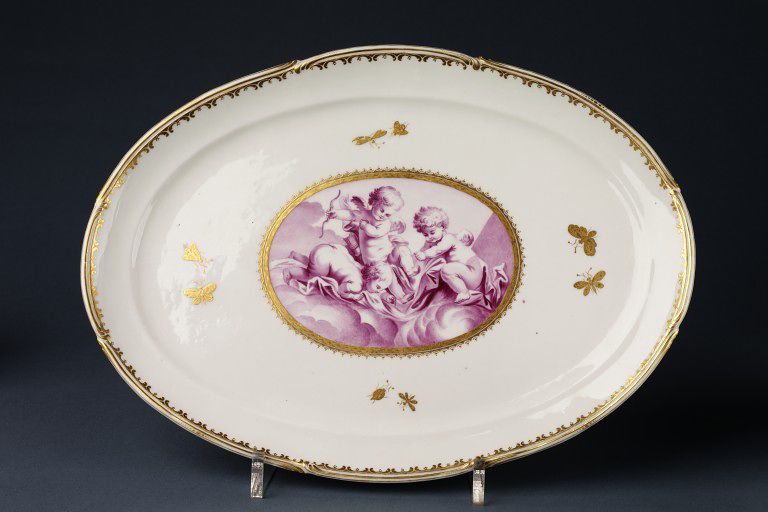
circa 1775
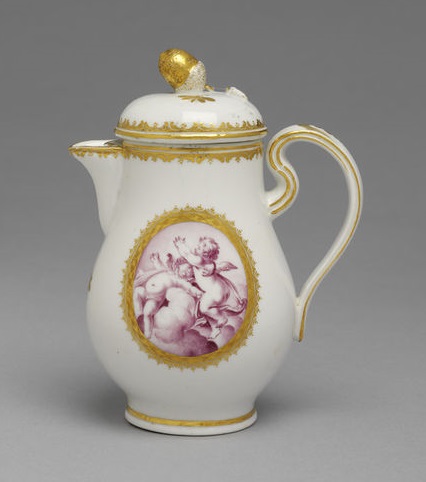
circa 1763
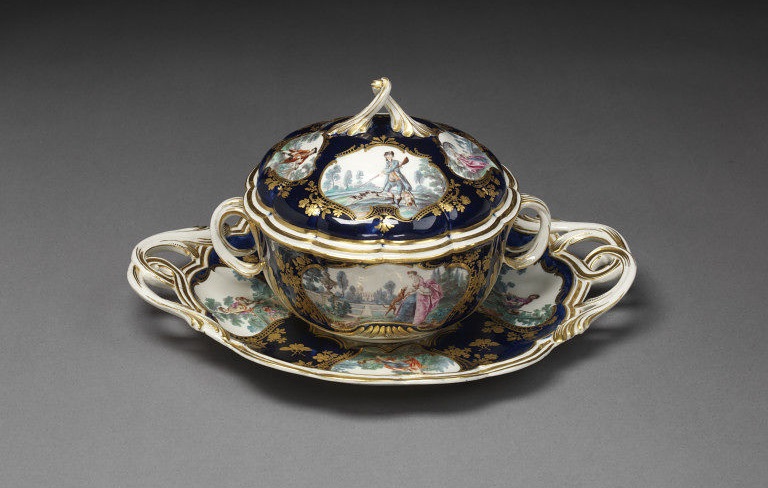
circa 1787
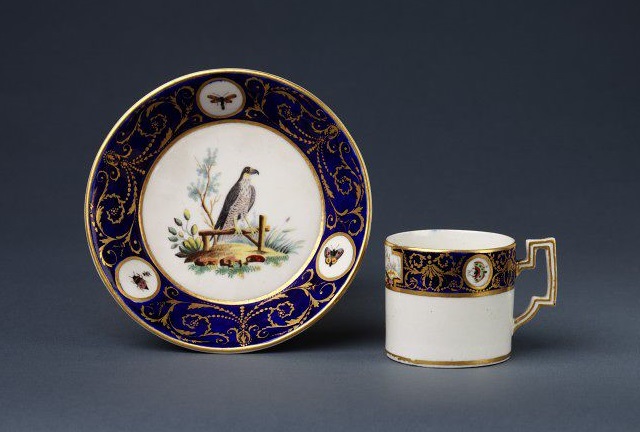
Joseph Mayer, circa 1787

Joseph Mayer, circa 1787
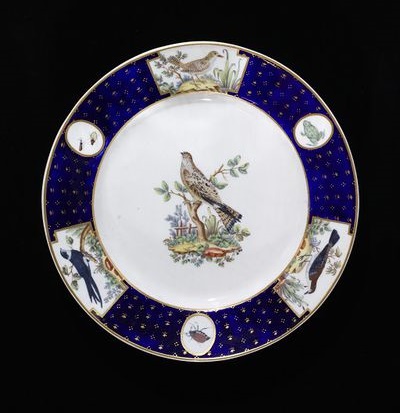
Michel-Joseph Duvivier, circa 1763-1771
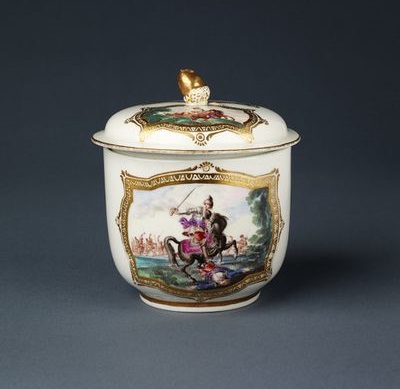
circa 1765
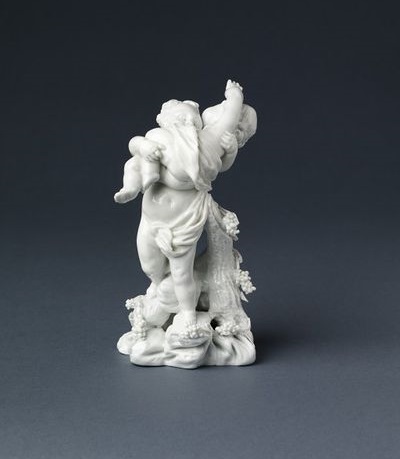
circa 1765
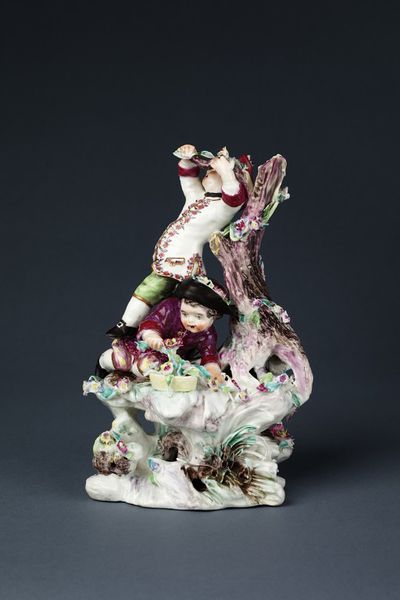
circa 1770
